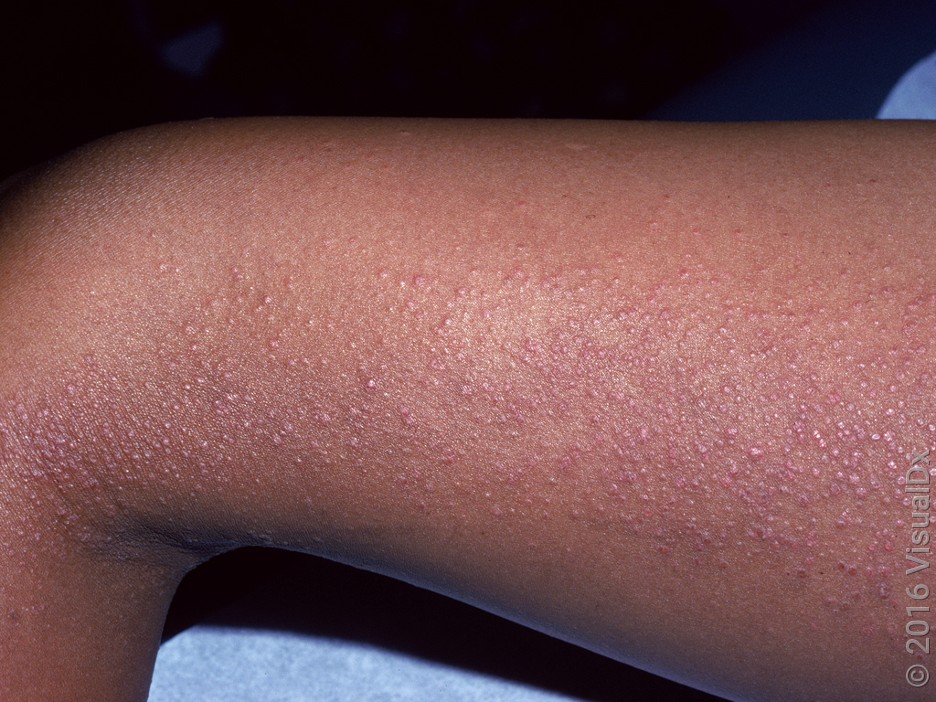What Does Shingles Look Like on the Body
Written by Carrie Stracke | Reviewed by Uche Ruth
Updated on June 22, 2024
Key Takeaways:
- Shingles is a common rash that causes painful blisters on any part of the body. The shingles rash is most common on the chest, back, and abdomen.
- Before the shingles rash develops, people may experience pain, tingling, chills, tiredness, or a headache.
- Treating the shingles rash early — ideally within 3 days after it appears — can help prevent some long-term complications, like persistent pain.
Table of Contents
Overview
Shingles is a painful rash caused by the same virus that causes chickenpox. Once you’ve recovered from chickenpox, the virus stays in your nerves in an inactive form. It can reactivate years or decades later and cause shingles (also called herpes zoster).
Treating shingles early helps clear the rash and can prevent some long-term complications, like scarring and lasting pain. Let’s take a closer look at signs of shingles and what the shingles rash looks like on different body parts.
Symptoms
What does a shingles rash look and feel like?
Shingles usually affects a small section of skin on one side of your body. It typically starts out with pain, which can be pretty intense. Some people may experience a burning or tingling sensation in the area without any visible skin changes.
After about 2 days, a rash appears in the area of skin symptoms. The rash starts as red, brown, or violet patches that quickly turn into small blisters filled with clear fluid. The blisters then break open, turn crusty, and eventually dry out. This process can take 2 to 4 weeks. In people with darker skin tones, dark patches of hyperpigmentation may form — taking months to clear.
If shingles isn’t treated, it can lead to pain, scarring, or other complications that can last months or more. When it affects the eye, it can lead to long-term vision problems if not treated properly.
Other symptoms of shingles
In addition to the pain and rash, some people experience other symptoms when they have shingles. These include things like:
- Chills
- Fever
- Tiredness
- Headache
- Light sensitivity
Pictures of shingles on different body parts
Shingles can affect any part of the body, but it’s most common on the chest, back, and abdomen.
Here are some pictures of the shingles rash on different parts of the body.
Shingles on the face and head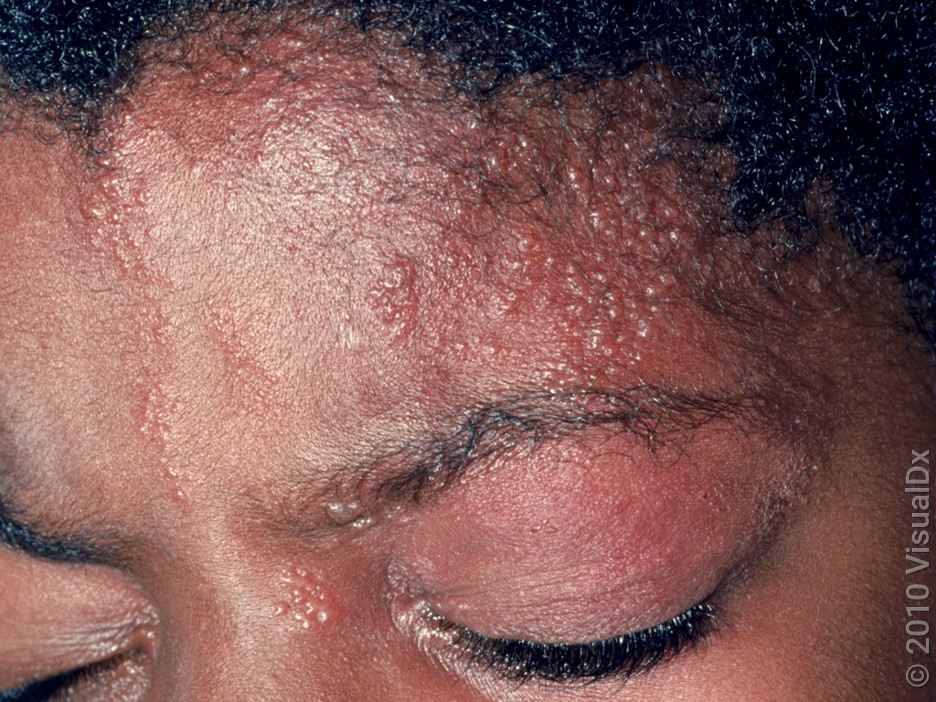
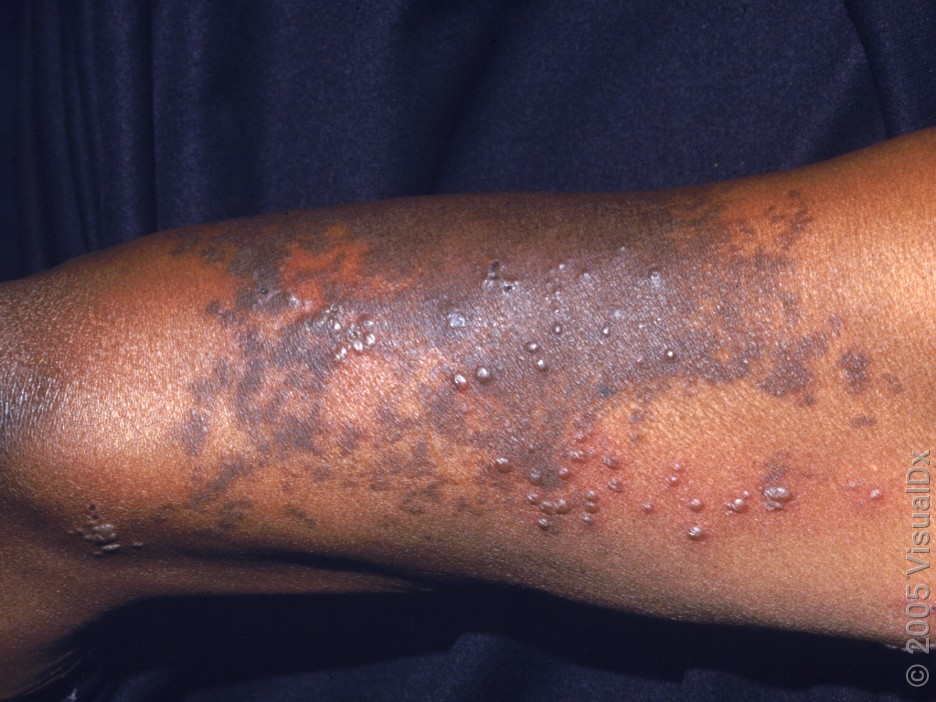

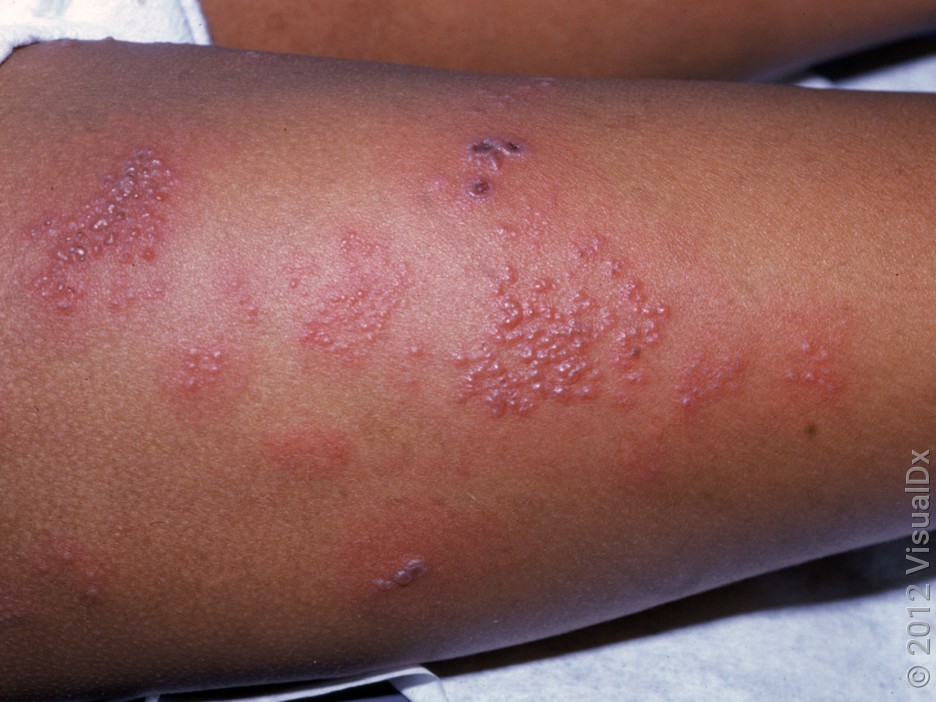
Treatment
How do you confirm that you have shingles?
Most healthcare professionals can diagnose shingles based on your symptoms and the typical rash. If there’s any question, they may also take a small skin biopsy or scraping of the fluid to send to the lab to confirm the diagnosis.
What can be mistaken for shingles?
Shingles isn’t the only rash that can develop blisters. Here are some rashes that can be mistaken for shingles, plus signs to help you tell the difference.
Cold sores
Cold sores are caused by the herpes simplex virus, and they usually occur on or around the mouth. They also form painful blisters that can break open and crust over. Unlike shingles, the rash from a cold sore tends to be smaller and isn’t limited to just one side of the body. After they’ve healed, cold sores can also recur in the same spot.
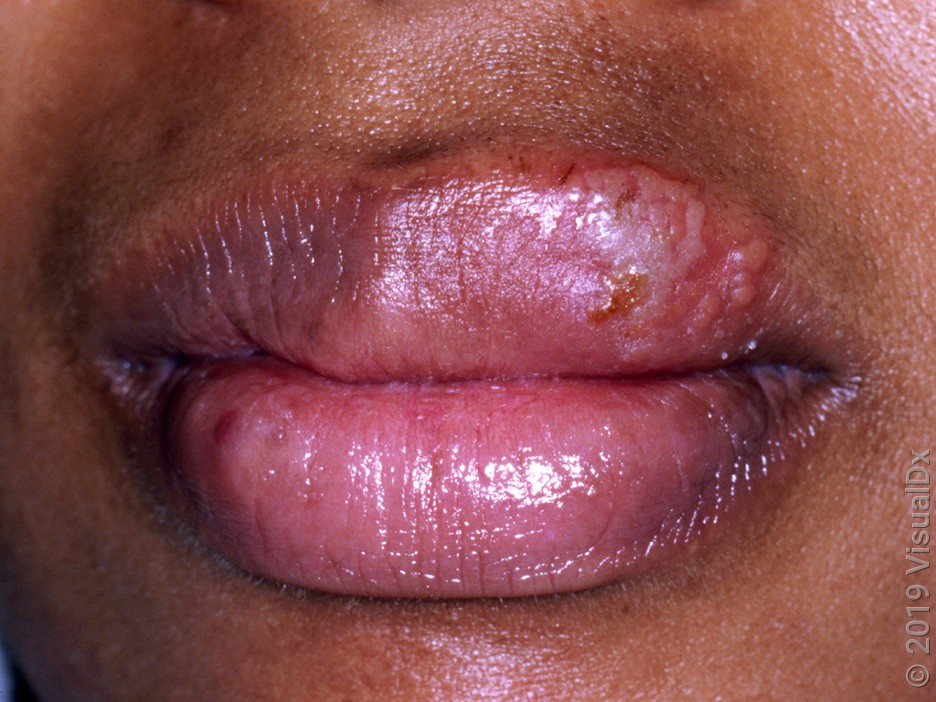
Eczema
Eczema is a common chronic skin condition that causes a dry, itchy rash. Some people will also develop small, fluid-filled blisters. Unlike shingles, eczema is usually more itchy than painful, and it tends to be symmetric (happens on both sides of the body).
Allergic contact dermatitis
This type of rash happens when your skin touches something it’s allergic to. Common examples include the rash caused by poison ivy and nickel. This type of rash also forms itchy blisters. But the shape they form is based on the exposure (like lines from branches of the poison ivy plant).
When to see a doctor
If you think you may have shingles, it’s best to see your healthcare professional as soon as possible. Treatment started within 3 days of getting the rash is more likely to prevent long-term complications, like lingering nerve pain. However, treatment after 3 days is still beneficial, so it’s important to get checked out as soon as possible.
If you’re aged 50 years and older, talk to your primary care provider about getting the shingles vaccine. This is the best way to prevent getting shingles in the first place.
Medications & Collections
These drugs are vital for controlling and improving the health of individuals with this condition. They include both preventive and symptomatic treatments.
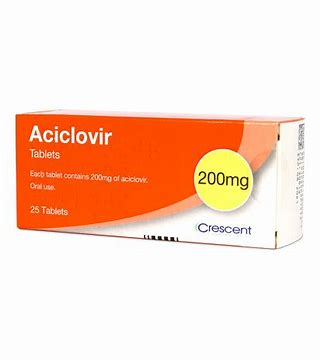
Acyclovir 200mg
₦6,300

Advil 200mg Tablet
₦15,600

Nurofen express 400mg
₦6,400

